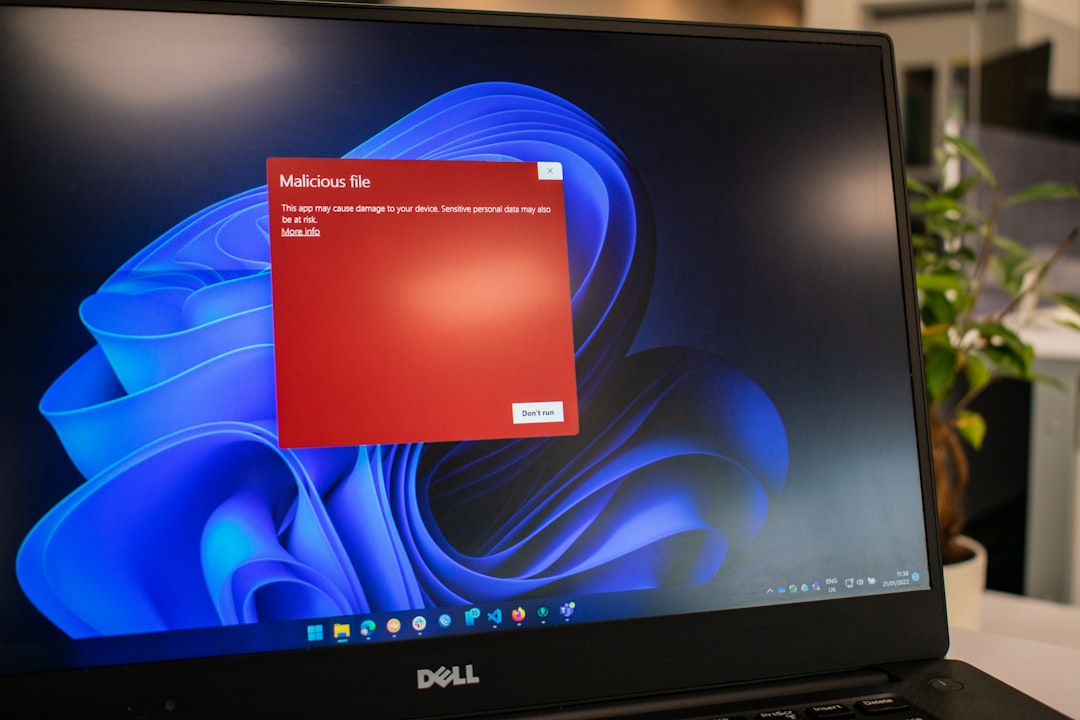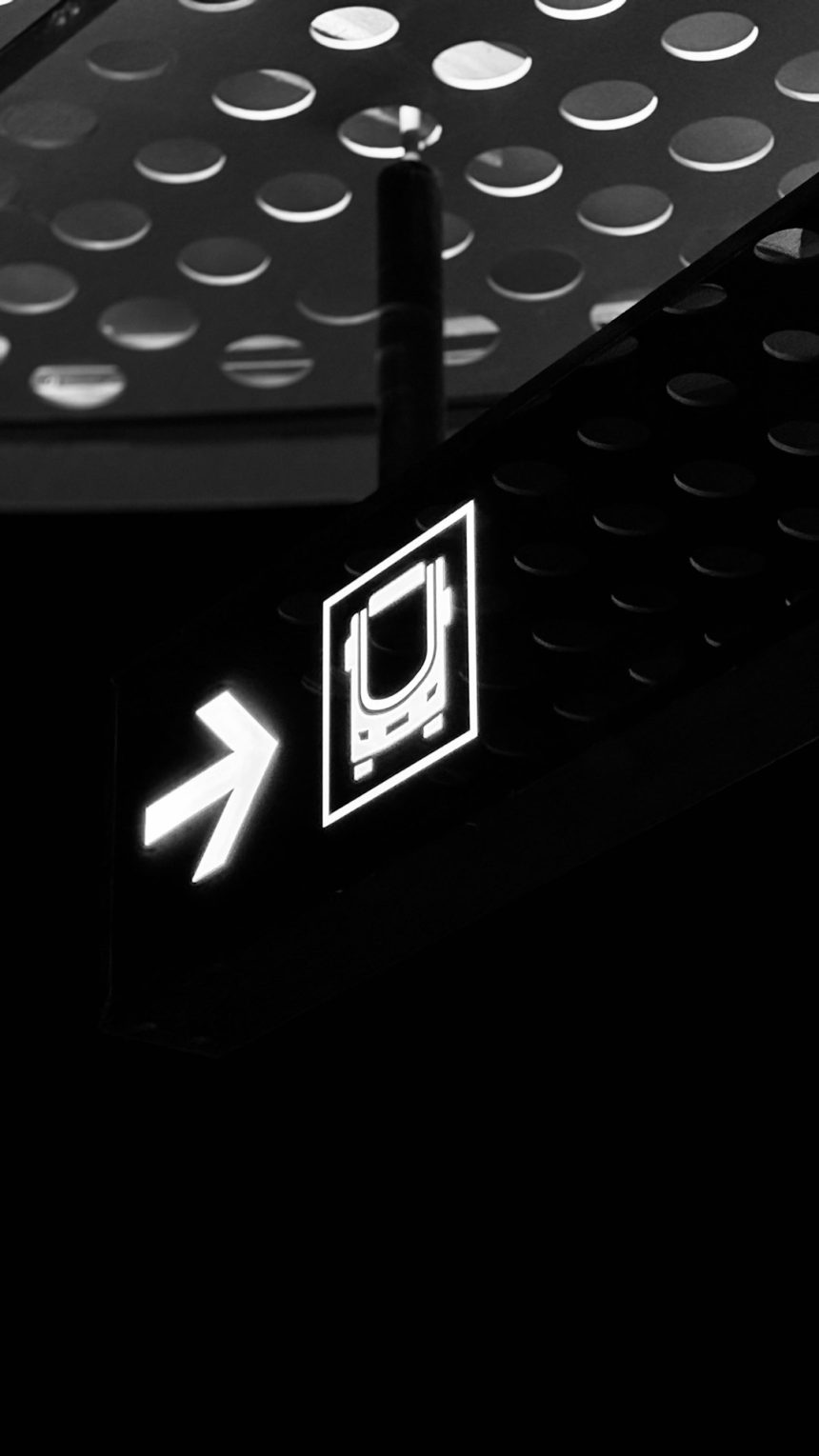Imagine waking up, turning on your PC, and BAM! It hits you with a message that says “Boot Guard Verified Failed”. What does that even mean? Don’t panic. It sounds scary, but it’s usually fixable.
This error happens during startup. It has to do with Secure Boot, which is a security feature in your PC’s BIOS or UEFI system. Its job? To stop unauthorized software from loading first when your PC powers on. But when Boot Guard kicks in and fails, your PC might refuse to boot at all.
Don’t worry. We’re going to break down why this happens and how you can fix it. You don’t need to be a computer genius. Follow these simple steps and you might get your system up and running in no time.
🔧 What Causes “Boot Guard Verified Failed”?
Here are some of the most common reasons:
- BIOS updates gone wrong – A failed update can corrupt boot settings.
- Motherboard replaced – New hardware may not match old boot keys.
- Secure Boot mismatch – Something changed, and Secure Boot isn’t happy.
- Modified or replaced boot files – Could be caused by malware or manual changes.
Let’s tackle how to bypass or remove this error, step-by-step.
🛠 Simple Fixes You Can Try
Start with the small stuff first.
1. Power Cycle the System
Yes, seriously. That old trick. Sometimes, just holding the power button for 10 seconds, then restarting, clears the error.
2. Reset BIOS Settings
- Restart your PC and enter BIOS. Usually by pressing DEL or F2 immediately after turning it on.
- Find the option to load Setup Defaults or Factory Defaults.
- Save and restart.
This might remove conflicting settings that cause the error.
3. Turn Off Secure Boot
Sometimes, Secure Boot just won’t play nice. Here’s what to do:
- Enter the BIOS.
- Go to the Boot section.
- Find Secure Boot and set it to Disabled.
- Save and exit.
This disables the feature that’s guarding your boot, so it’s less secure—but it might get things running again.

4. Flash the BIOS
Only try this if you’re comfortable with tech stuff.
Flashing updates the BIOS to a new version. If the current BIOS is corrupted, this can fix it. You’ll need:
- A working computer
- USB drive
- BIOS update file from your motherboard brand’s website
Every motherboard is different. Make sure to follow instructions from your manufacturer carefully. A wrong move here can brick your PC. 😬
5. Reinstall Windows (if you must)
No one wants to do this. But if nothing else works, reinstalling Windows with Secure Boot disabled may be your last resort. Remember to back up your files first!

🚫 When You Can’t Bypass It
Sometimes, this error is more stubborn. If you’re on a laptop with Intel Boot Guard locked down from the factory, it might not be bypassable at all—not without replacing the motherboard. 😵
This is common on some newer laptops from brands like Lenovo, Dell, or HP. If that’s your case, reach out to tech support or the store where you got the device.
💡 Pro Tips
- Always update BIOS on stable power—use a UPS if you can.
- Don’t mess with Secure Boot unless you know what it does.
- Take photos of BIOS settings before changing them—it’s easy to forget.
🚀 Final Thoughts
“Boot Guard Verified Failed” isn’t the end of the world. Most times, it’s a setting gone wrong or an update that didn’t stick. With a little patience and some keyboard ninja skills, you might just fix it yourself.
And now, you can walk around saying “I fixed Boot Guard Verified Failed” like you’re the local tech hero. 🦸
Good luck, and happy booting!







